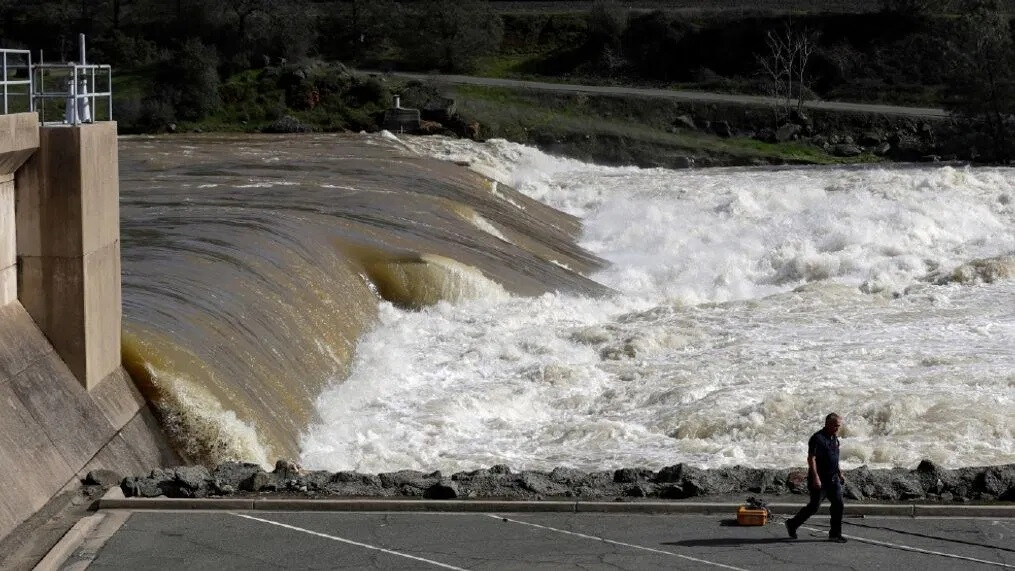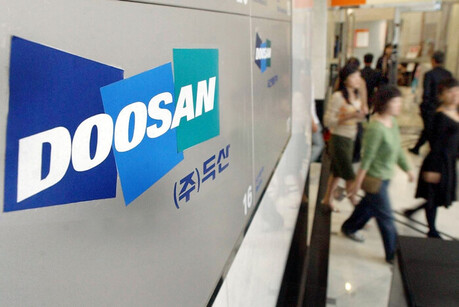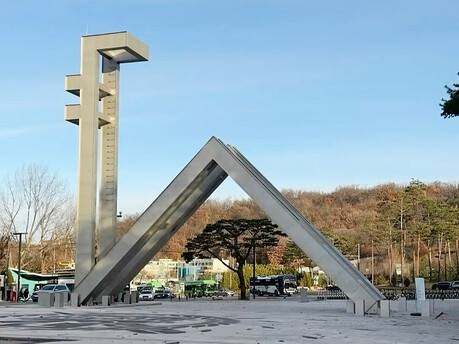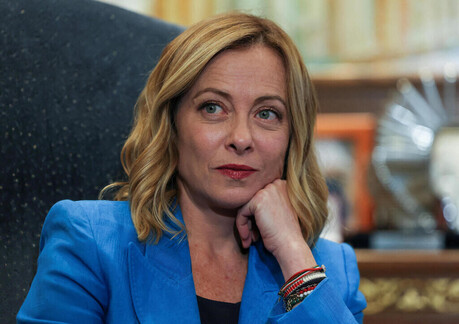
A recent forum in Hanoi has revealed a critical issue facing Vietnam: the deteriorating condition of its dams and reservoirs. According to the Ministry of Water Resources, approximately 340 reservoirs nationwide are in dire need of repair and upgrades due to a lack of funding.
Vietnam boasts a vast network of 7,315 dams and irrigation reservoirs with a total storage capacity of about 152 billion cubic meters. These structures play a crucial role in agriculture, industry, domestic water supply, flood control, hydropower generation, solar power generation, aquaculture, and tourism development.
However, the country's dam and reservoir system is facing numerous challenges, including extreme weather patterns caused by climate change, sudden floods, and the aging of many structures.
Đỗ Văn Thành, director of the Water Resources Planning Institute, highlighted the numerous issues affecting the safety of irrigation dams and reservoirs. "According to statistics before the 2024 flood, about 340 reservoirs were severely damaged, and 43 large, 95 medium, and 202 small reservoirs have yet to receive funding for repair or upgrades," Thành said.
"Many dams and reservoirs, over 30 years old, are aging due to sedimentation. Many multi-purpose reservoirs need to re-evaluate their tasks and design parameters. The boundary markers of project protection areas are still improperly installed," he added.
Experts have pointed out that while some large reservoirs have flood maps, the downstream flood discharge capacity has not been fully assessed. Many small reservoirs lack safety assurance and downstream flood prevention plans. Some large reservoirs have downstream flood discharge channels that have been encroached upon, narrowing the waterways and hindering the discharge of design floods, leading to flooding in downstream areas.
Furthermore, the capacity for forecasting and warning of rainfall, floods, and reservoir inflows remains limited. The management, operation, and safety assurance of dams are not fully modernized.
"With climate change increasing the frequency and intensity of rainfall and floods, the management and operation of irrigation reservoirs face many difficulties," Thành said. "Most irrigation reservoirs were built before 2000 without fully assessing downstream flood discharge capacity. Additionally, in many areas, the demand for water for production exceeds the supply capacity of existing reservoirs."
To address these issues, experts have proposed strengthening institutions and policies for management, investment, and protection to optimize the functions of reservoirs and dams and ensure the safety of structures and downstream areas. Detailed studies should be conducted on reservoir and dam proposals specified in the national planning system, and operation procedures and safety plans for small and medium-sized reservoirs and dams should be developed and updated.
To enhance water management and flood prevention, flexible and reasonable use of flows above normal water levels should be considered. Studies on the utilization of inundated areas for efficient use should also be conducted.
The application of technological advancements in the planning, design, construction, and operation processes is necessary. Various sources of funding for the investment, development, and protection of irrigation reservoirs and dams should be mobilized.
At the forum, experts and managers emphasized the importance of strengthening information, warning, and forecasting capabilities to enable timely prediction and warning for appropriate flood regulation and discharge scenarios, ensuring downstream safety and establishing monitoring systems in upstream areas and reservoirs.
Lương Văn Anh, Deputy Minister of Water Resources, said, "In addition to improving the institutional and policy framework for the management and operation of irrigation reservoirs, it is necessary to modernize management systems."
"Investment in the repair and upgrading of irrigation reservoirs must be sustained. Solutions should be explored and proposed to ensure downstream safety and maximize the multipurpose use of reservoirs," Anh added.
The forum was jointly organized by the Vietnam Agriculture Newspaper, the Ministry of Water Resources, the Water Resources Planning Institute, and the National Committee for Large Dams and Water Resources Development in Vietnam.
[Copyright (c) Global Economic Times. All Rights Reserved.]






























